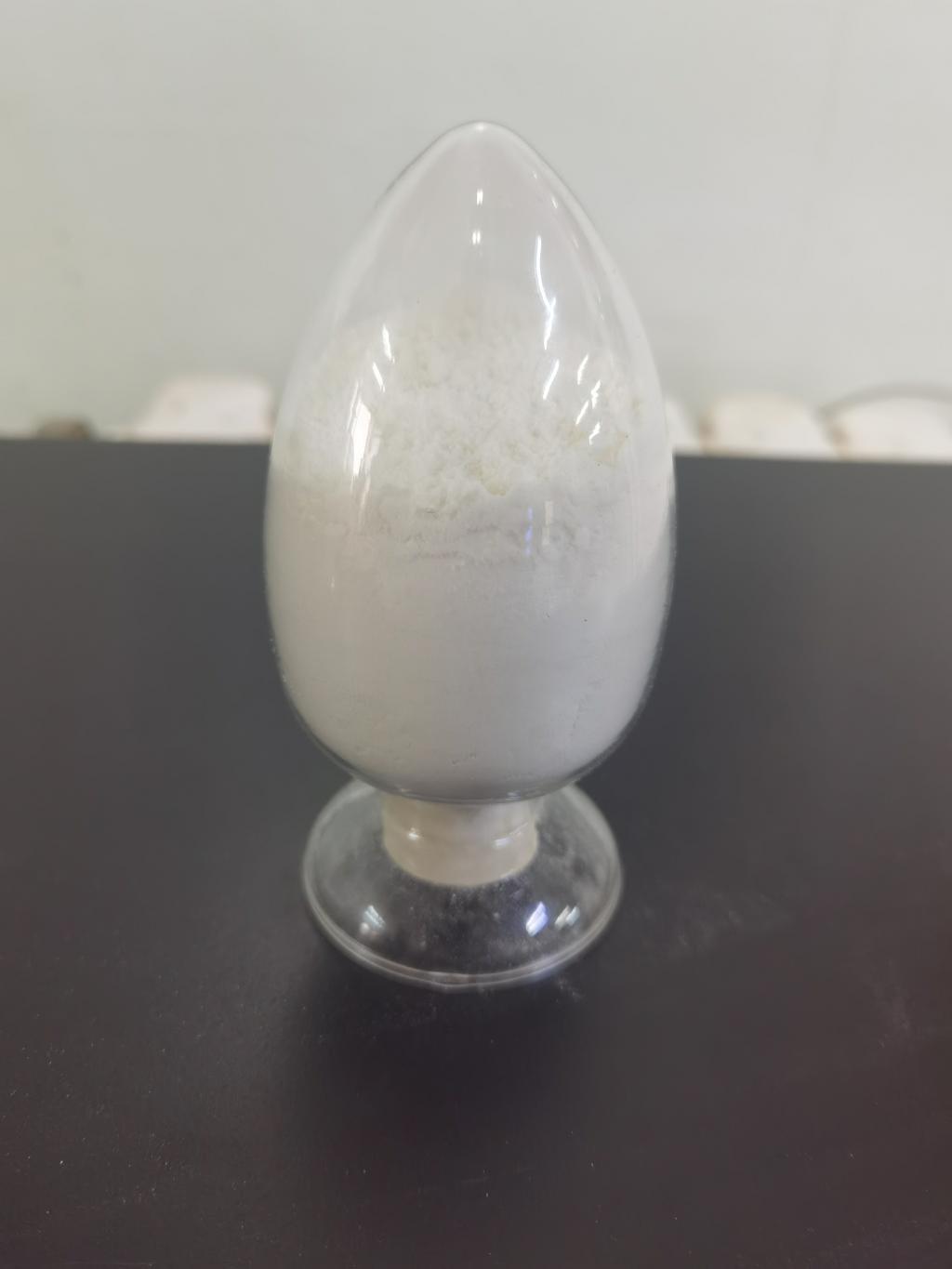Tel:+8618231198596

News
 CONTACT
CONTACT
 CONTACT
CONTACT
- Linkman:Linda Yao
- Tel: +8618231198596
- Email:linda.yao@dcpharma.cn
- Linkman:CHARLES.WANG
- Department:Overseas
- Tel: 0086 0311-85537378 0086 0311-85539701
News
ε-Polylysine Hydrochloride in School Nutrition Programs: Ensuring Healthy and Safe Meals
TIME:2023-12-18
1. Introduction: The Crucial Role of School Nutrition Programs
School nutrition programs play a pivotal role in promoting the health and well-being of students. These programs aim not only to provide nourishing meals but also to ensure the safety of the food served. This section highlights the importance of addressing food safety challenges in school settings and introduces ε-polylysine hydrochloride as a potential solution.
2. Understanding ε-Polylysine Hydrochloride: Nature's Safeguard in Food
Derived from natural fermentation processes, ε-polylysine hydrochloride is a naturally occurring antimicrobial peptide with unique properties. An overview of its structure, characteristics, and mechanisms of action provides the groundwork for examining its potential application in school nutrition programs.
3. Mechanisms of Action: How ε-Polylysine Safeguards School Meals
This section delves into the specific mechanisms through which ε-polylysine hydrochloride interacts with microorganisms in food. From its impact on bacterial cell membranes to its ability to inhibit the growth of pathogens, a comprehensive understanding of ε-polylysine's actions is crucial for discerning its role in ensuring the safety of school meals.
4. Applications in School Nutrition: A Comprehensive Approach
The versatile nature of ε-polylysine hydrochloride allows for various applications in school nutrition. This section explores its potential roles, including as a natural preservative, a tool for preventing spoilage, and a means to extend the shelf life of perishable items, contributing to the overall quality and safety of school meals.
5. Meeting Regulatory Standards: Navigating Approvals and Compliance
Integrating ε-polylysine hydrochloride into school nutrition programs requires adherence to regulatory standards. This section navigates the landscape of approvals, addressing regulatory considerations and standards associated with the use of ε-polylysine in school settings to ensure compliance and safety.
6. ε-Polylysine in Meal Preparation: Enhancing Food Safety Protocols
Meal preparation in school kitchens involves numerous steps, each presenting opportunities for microbial contamination. This section examines how ε-polylysine hydrochloride can be seamlessly integrated into food safety protocols, from food processing to storage, to enhance overall hygiene and safety.
7. School Lunches and Beyond: ε-Polylysine's Impact on Meal Offerings
Beyond its role in safety, ε-polylysine hydrochloride can influence the composition and offerings of school meals. This section explores its potential impact on diversifying menus, reducing the need for certain synthetic preservatives, and contributing to the creation of healthier and more appealing meals for students.
8. Addressing Food Allergen Concerns: ε-Polylysine as an Ally
Food allergens pose significant challenges in school nutrition. This section discusses how ε-polylysine hydrochloride may be employed as an ally in addressing allergen concerns, ensuring that meals are not only safe but also accommodate the diverse dietary needs of students.
9. Challenges and Considerations: Navigating Practical Hurdles
While the potential benefits of ε-polylysine in school nutrition are promising, practical challenges exist. This section addresses considerations such as cost, consumer perception, and potential interactions, providing insights into navigating these hurdles in the implementation of ε-polylysine hydrochloride in school meal programs.
10. Future Directions: ε-Polylysine's Role in the Evolution of School Nutrition
In conclusion, ε-polylysine hydrochloride stands as a potential game-changer in the evolution of school nutrition programs. Its natural origin, antimicrobial properties, and versatile applications position it as a valuable tool in ensuring the safety and quality of meals served to students. As the field of school nutrition continues to evolve, ε-polylysine hydrochloride holds the promise of contributing to healthier, safer, and more diverse meal offerings in educational settings. Future research and collaboration are essential to fully unlock the potential of this natural safeguard in school nutrition.
- Tel:+8618231198596
- Whatsapp:18231198596
- Chat With Skype







